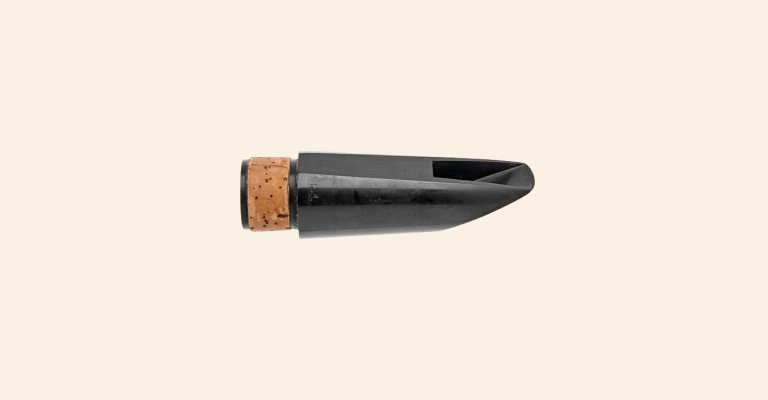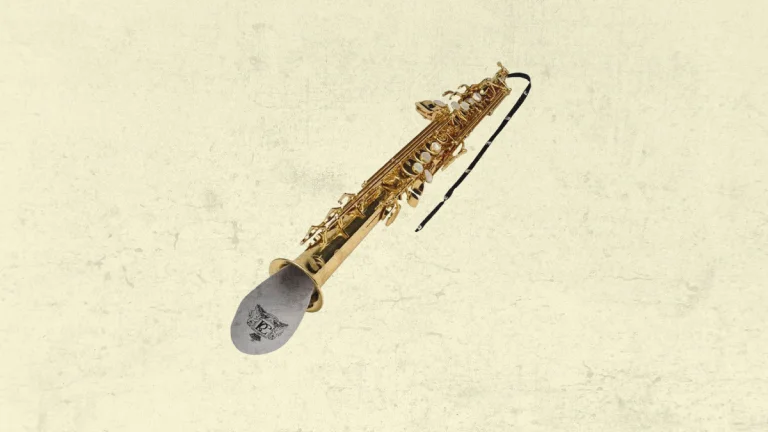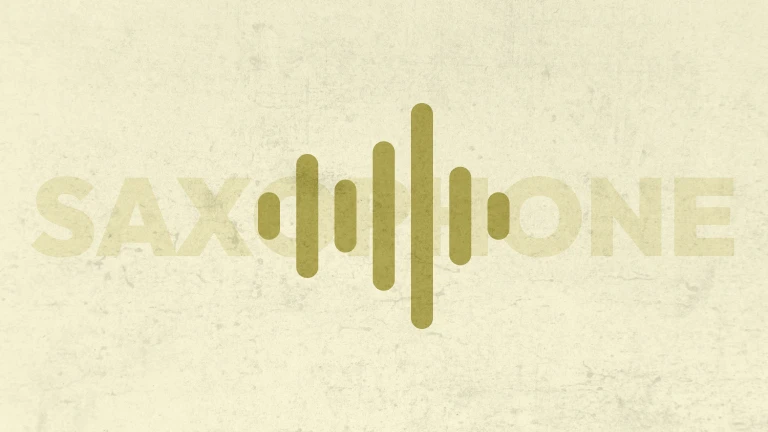Cleaning a clarinet mouthpiece is an important thing if you want your instrument to sound good.
That’s exactly what I’m going to teach you in this short guide. I will show you how to wash and disinfect your clarinet mouthpiece.
Clarinet Mouthpiece Cleaning Guide

So, let’s dive in and learn how we can clean our clarinet mouthpiece and what should we consider while doing it.
1. Removing Cork Grease
Mouthpiece cleaning is a crucial step when I clean my clarinet because the sound quality depends on it.
I always start by placing a hand towel in the sink before cleaning my mouthpiece.
If I accidentally drop my mouthpiece, at least it will land on something soft and cushioned, so it won’t get damaged.
Once I have the mouthpiece in hand, one of the initial tasks on my list is to go around and remove the cork grease.
I will use the towel that I already have in the sink. Make sure to focus on the ridges in this area where a lot of cork grease tends to build up. Then inspect the inside of your mouthpiece.
2. Clean Mouthpiece Outside
I wipe my clarinet mouthpiece using a washcloth instead of using a toothbrush or other brushes. I’ve heard that some clarinet maintenance kits come with a small brush included.
I’m cautious with the bristles to avoid damaging the mouthpiece. I prefer using lukewarm water instead of hot water. If you damage it, putting a reed on a clarinet will be harder.
There are several options to clean your mouthpiece. I will use apple cider vinegar, while others prefer lemon juice or white vinegar. Luckily, I have apple cider vinegar available, so I will use that.
Let’s start by gently rubbing the mouthpiece with this soft washcloth. Make sure to cover all the edges of the mouthpiece patch.
If you want to start fresh with a new mouthpiece patch, you can apply a bit more pressure while removing it. But, using a washcloth should be sufficient for this task. Afterward, I simply rinse it with warm water.
3. Clean Mouthpiece Inside
You can clean the inside of the clarinet mouthpiece with a paper towel, a handkerchief, or a thin soft cloth napkin.
Simply insert it into the mouthpiece and gently clean the area by moving it around. To make the paper towel thinner, roll it up before inserting it.
Pull it back and forth through the mouthpiece to remove any debris. This method will help you get rid of all the gunk inside.
Avoid putting anything hard in your mouthpiece to prevent scratching and damaging it.
Conclusion
So, this is the way I clean my clarinet mouthpieces and they are always in good condition. It’s recommended to clean it frequently because every cleaning process will be easier. Also, you avoid damaging your instrument.





